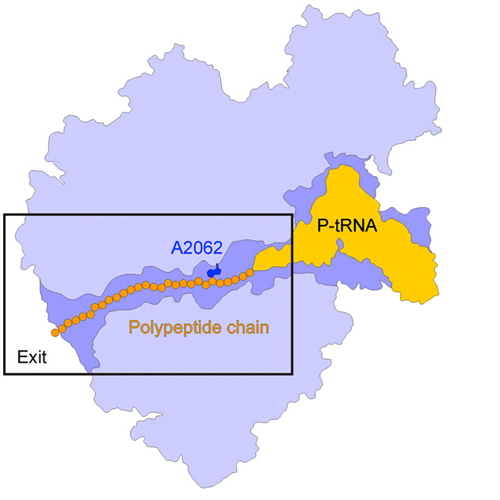Interplay between the Ribosomal Tunnel, Nascent Chain, and Macrolides Influences Drug Inhibition
27-May-2010
Chemistry & Biology, 2010, 17 (DOI 10.1016/j.chembiol.2010.04.008), 504-14 published on 27.05.2010
Chemistry & Biology, online article
Accumulating evidence suggests that, during translation, nascent chains can form specific interactions with ribosomal exit tunnel to regulate translation and promote initial folding events. The clinically important macrolide antibiotics bind within the exit tunnel and inhibit translation by preventing progression of the nascent chain and inducing peptidyl-tRNA drop-off. Here, we have synthesized amino acid–and peptide-containing macrolides, which are used to demonstrate that distinct amino acids and peptides can establish interaction with components of the ribosomal tunnel and enhance the ribosomebinding and inhibitory properties of the macrolide drugs, consistent with the concept that the exit tunnel is not simply a Teflon-like channel. Surprisingly, we find that macrolide antibiotics do not inhibit translation of all nascent chains similarly, but rather exhibit polypeptide-specific inhibitory effects, providing a change to our general mechanistic understanding of macrolide inhibition.











